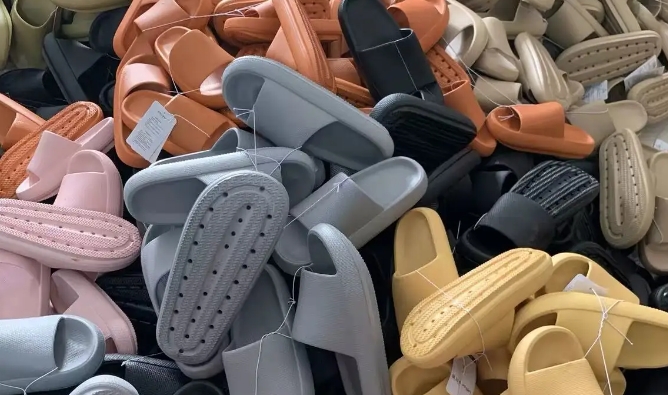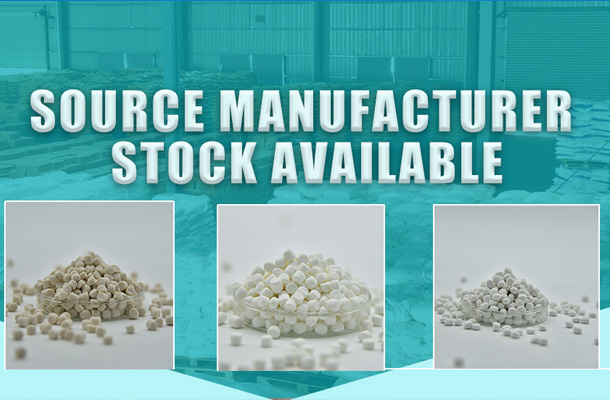The formation of air pores in EVA slippers during the foaming process is primarily attributed to several factors:
Foaming Agent Action: A key component in the process is the addition of a foaming agent to the EVA material. When subjected to specific temperature and pressure conditions, this agent decomposes and releases gases, creating myriad tiny bubbles and thus a cellular structure within the plastic, making the slippers lightweight and cushioned.
Process Variables:
- Temperature and Pressure Control: Imbalances or inaccuracies in managing these parameters can lead to uneven gas distribution, resulting in inconsistent pore sizes.
- Cooling Rate: Rapid or uneven cooling can trap air pockets or cause the expanding gas bubbles to collapse prematurely, forming voids.
Material Compatibility and Mixing:
- Inhomogeneous mixing of EVA with other components, such as colorants or additives, can create areas of varying density, leading to irregular porosity.
Foaming Agent Dosage: Overuse of the foaming agent can generate excessive gas, causing oversized pores.
Mold Design and Maintenance:
- Proper mold design, including venting channels, is crucial to facilitate gas escape. Clogged or poorly maintained molds can obstruct gas release, resulting in defective foam structures.
Chemical Interactions:
- Chemical reactions between the EVA, foaming agent, and any additional compounds can inadvertently generate gas, contributing to pore formation if not carefully controlled.
In essence, meticulous control over the foaming process parameters, materials, and equipment is vital to ensure uniform and desired porosity in the production of EVA slippers, minimizing unwanted air pockets.








